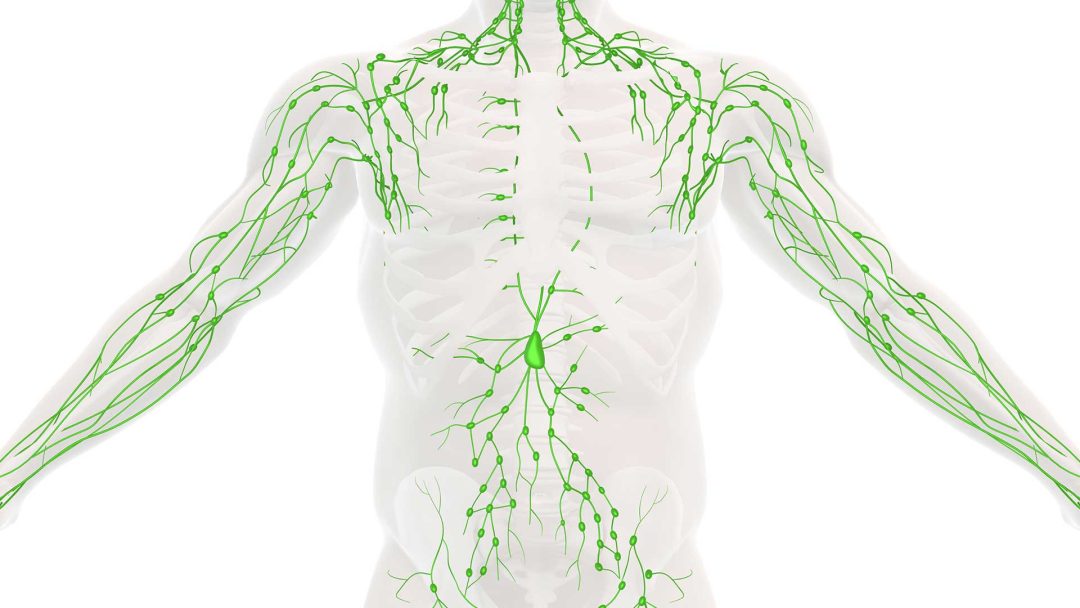Lymphoma

Lymphomas are cancers of the lymphatic system and originate from abnormally altered lymphocytes. The lymphatic system is an important part of the immune system, which consists of the lymph nodes, spleen, thymus and bone marrow. There are different types of lymphoma, including Hodgkin’s lymphoma and non-Hodgkin’s lymphoma. Typical symptoms include unexplained weight loss, fever, swelling of the lymph nodes and general malaise. Some causes of lymphoma are immune disorders, infectious diseases, medication or toxic exposure.
Dr. med. Karsten Ostermann M.A.
If symptoms of lymphoma are suspected, immediate medical consultation should be sought to ensure an accurate diagnosis and appropriate treatment.

Further information
The information listed contains relevant topics and serves to improve understanding.